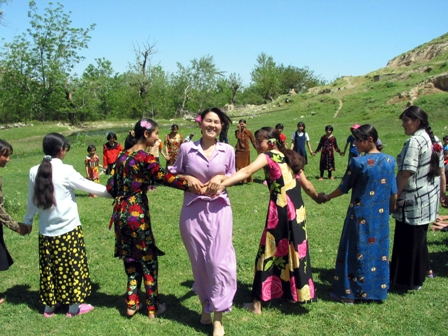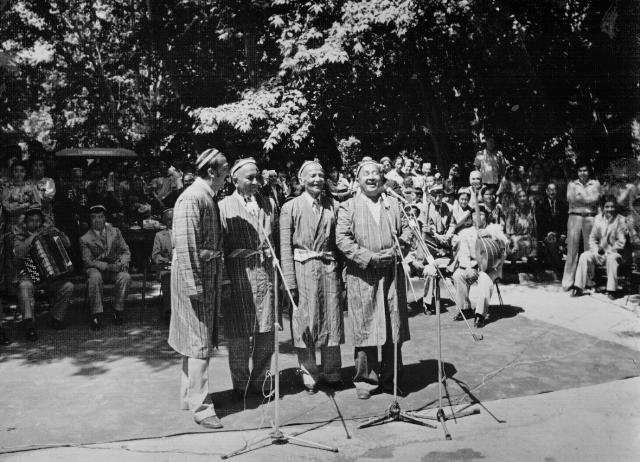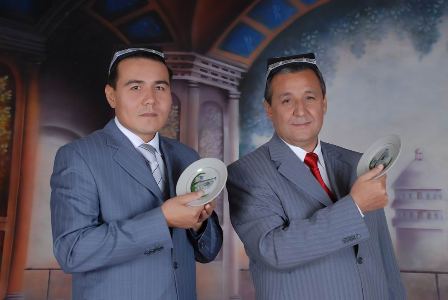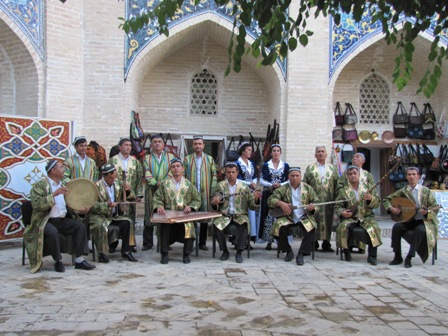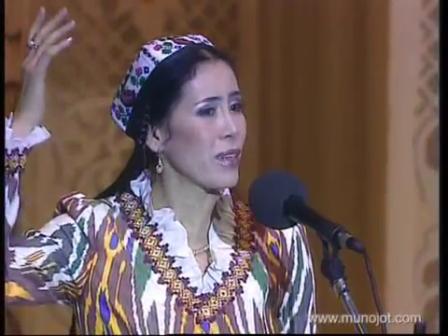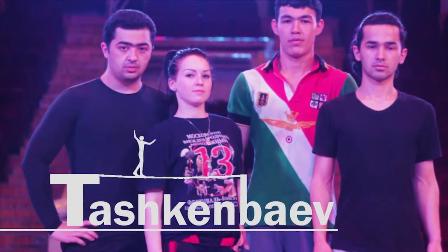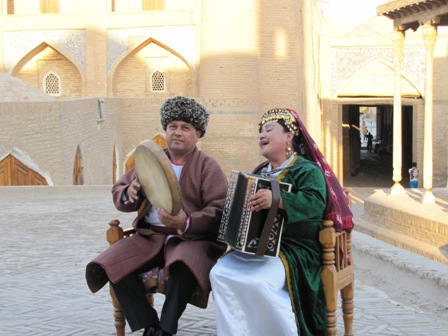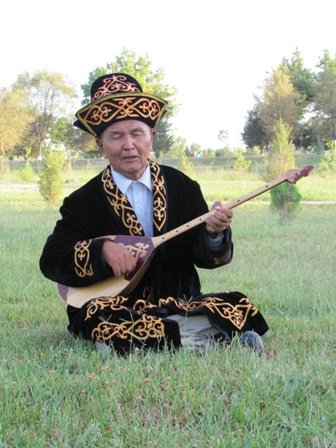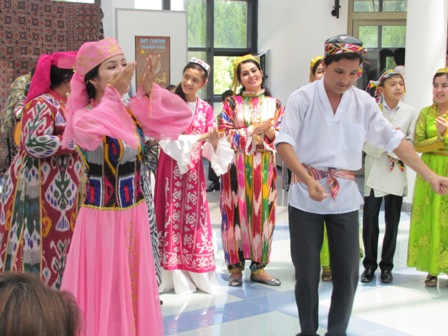Zardozlik (Gold embroidery)

Domain: Traditional Craftsmanship
Index Number: 05.01
The highest form of urban craft was gold embroidery. Based on the findings of archaeologists and written sources, it could be told that it has ancient roots in the territory of Uzbekistan.
At the end of the XIX – beginning of the ХХ century Bukhara was the center of crafts associated with gold embroidery. In accordance with written sources it is known that in the second half of the XIX century in the palace of Emir of Bukhara, i.e. the Ark, there was a workshop of gold embroiderers. Besides that, there were already 20 large-sized functioning workshops. Without any doubt, it could be assumed that the number of small workshops (which, as a rule, were run by small family circles) was significantly more than it is mentioned in written sources. Notably, at that time gold embroidery was mostly dealt by men. But in some cases, when there were more orders than expected, women (who were close relatives of gold embroiderers) could act in the role of assistants.
During that period many household items were embroidered with a help of gold and silver threads. These were chimildiq (a curtain, which divided room into two parts), joynamoz (prayer rug), takhmonpush (cover for bedclothes), small items as sacks (for money, tea and stamps), sheaths for knifes and individual parts of horse munitions (zinpush (saddle-cloth), dauri (horsecloth), yolpush (coverlet for saddle)).
Gold embroidered patterns were used to decorate women's festive dresses. These were peshonaband (headwear for forehead), sarandoz, romol (head shawls and capes), kaltapushak (headwear worn by married woman), kurtu (dress), zokhi-kurtu (gold embroidered tape, sewn on the edges of low neck of a dress), kaltachu (dressing-gown worn over main dress), doppi (skullcap), poycha zardozi (women's wide trousers), makhsi (boots with soft sole made of velvet or wool), kaush (shoes with low back), popush (shoes with thin bent toe), paranji (overdress like a dressing-gown, which is worn on head).
In gold embroidery such fabrics as velvet, (imported or local) silk, satin, muslin, broadcloth, wool, leather and local half silk fabric called "alocha" were used. Various types of metal threads served as primary materials. Technology of embroidery represented a multi-stage process. Fabric, used for making an item, was obtained by court cutter, who, based on existing models and corresponding measurements, cut it. The cut fabric was then sent to the designer. The designer, based on the obtained material prepared the design and demonstrated it to Emir. Only after Emir's approval the material and corresponding design were sent to gold embroiderers.
Bukhara gold embroiderers applied several methods of embroidering. These were:
1) "zardozi-zamindozi" – solid embroidering of the background with gold threads;
2) "zardozi-guldozi" – embroidering based on design (image), which is cut out from paper;
3) "zardozi-guldozi-zamindozi" – a combined method of embroidering, which unites the above-mentioned two methods;
4) "zardozi-berishimdozi" –combined embroidering;
5) "zardozi-pulakchadozi" –gold embroidering with spangles.
Ornamentation in gold embroidery was predominantly of vegetative nature. Geometric patterns were used less often. Main motifs were rosettes, palmettes, bushes, trees, branches, flowerpots with flowers, almonds, pomegranates, cherries and grapes. Usage of certain vegetative motifs, for example, of "guli-chinni" (chrysanthemum), "guli-qashqari" (Kashgar flower), testify to the fact that pictures of Chinese porcelain (since ancient times it was imported to Central Asia and was popular among elites of Bukhara in the XIX – beginning of the XX century), were borrowed and adapted by Bukhara gold embroiderers.
During the 1920-1980s, the art of gold embroidery got significantly transformed: gold embroidered items began to be produced on a massive scale (as souvenirs). Since the 1990s, it has become a widely-spread type of artistic craft in Uzbekistan. Also, since that time the system of apprenticeship has been re-established across the whole country and the best traditions of gold embroidery art of Bukhara have been revived.





